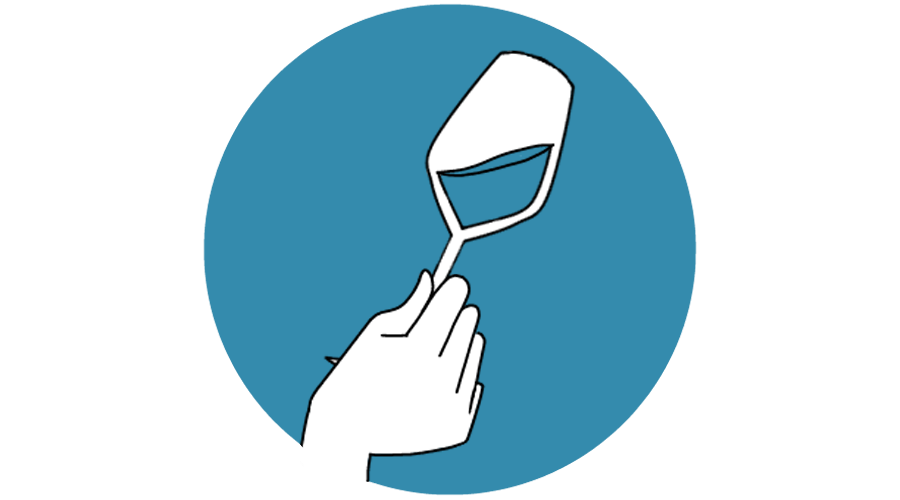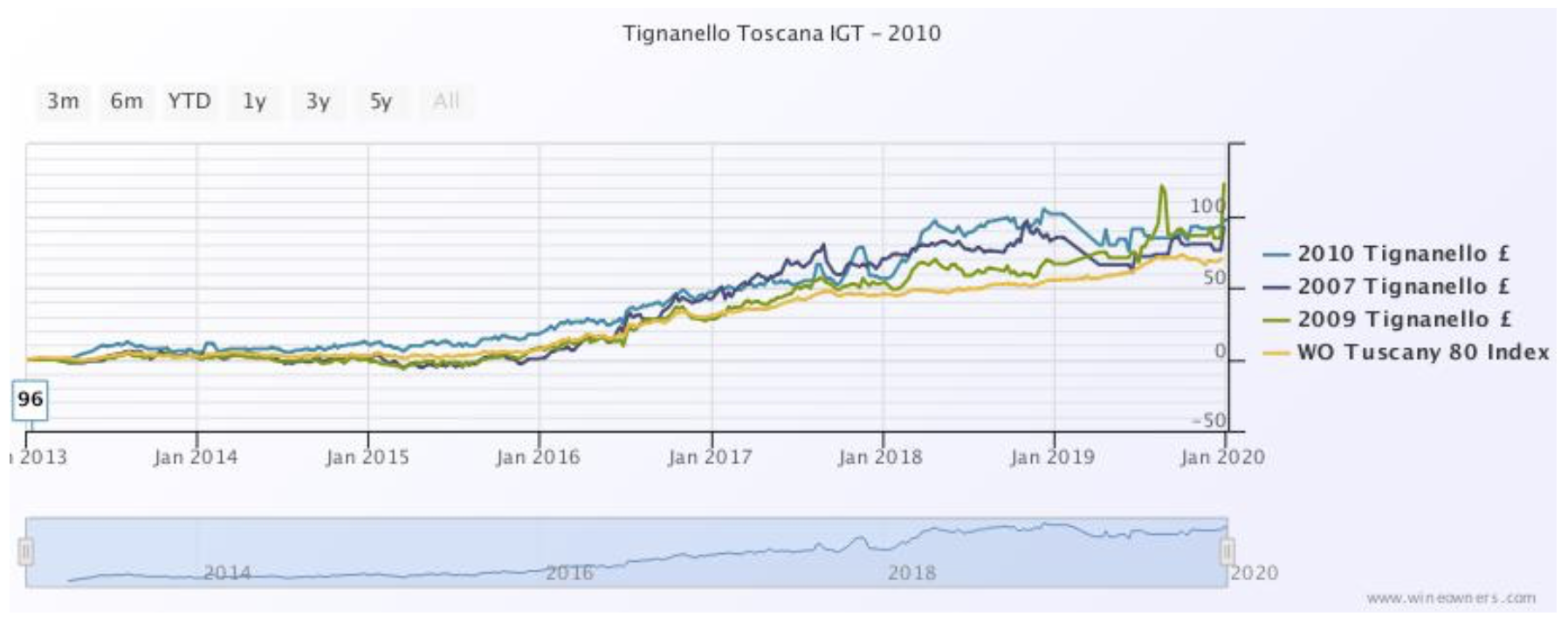Wine Market Investment Report December 2019 - Part 1
by CloMlr
2020-01-10

A year end round-up by Miles Davis, 10th January 2020.
2019
The wine market in 2019 was dominated by geopolitical factors, and as a result had a rather frustrating year and performance suffered. To re-cap these factors were: trade wars (particularly U.S. vs. China), U.S. tariffs on some European wines, political unrest in Hong Kong, and Brexit. Obviously, Brexit is far from over, but some confidence has returned since Boris Johnson’s majority victory on the 12th December as it spells a clearer way forward, however good or bad that may be! Sterling strengthened and the FTSE responded well to the news. Uncertainty has a terrible influence on confidence and trading, so the result was as good for business and markets within the U.K. as it could have been. This is significant for wine as London is still the centre for secondary market trading and Bordeaux prices have responded accordingly and have firmed up a little. It was too late to save the month, however, and indices slipped in December.
| Index |
Current Value |
MTD |
1 Year |
5 Year |
10 Year |
| WO 150 Index |
311.29 |
-1.39% |
0.04% |
60.55% |
87.03% |
| WO Champagne 60 Index |
480.45 |
-2.58% |
2.69% |
63.78% |
156.05% |
| WO Burgundy 80 Index |
730.69 |
-1.82% |
4.14% |
143.05% |
227.60% |
| WO First Growth 75 Index |
271.28 |
-1.13% |
-3.86% |
46.50% |
61.34% |
| WO Bordeaux 750 Index |
365.04 |
-0.40% |
7.77% |
68.13% |
107.31% |
| WO California 85 index |
685.6 |
0.95% |
0.81% |
100.42% |
296.03% |
| WO Piedmont 60 Index |
332.55 |
-0.99% |
4.59% |
77.66% |
114.09% |
| WO Tuscany 80 Index |
321.06 |
2.61% |
9.66% |
65.19% |
87.94% |
The wider WO 150 index was flat on the year, brought down by First Growth Bordeaux as all the other sub-indices here posted modest gains. Burgundy has at last taken a breather, in the second half of the year, having been on an incredible run for over ten years.
Tuscany has been the best performer in this group, led firmly by the ‘Super Tuscans’, with various vintages of Sassicaia and Tignanello occupying a lot of the top performance spots. Sassicaia has been the beneficiary of some great awards and very high ratings in recent times. All first-hand experiences and second-hand reports of older vintages of Sassicaia have been strong, so it can be concluded this performance is based on merit. Tignanello is a brand that just ‘works’, it delivers enough quality at the right price level and is highly recognised and it can be found on wine lists across the globe; it ticks a lot of boxes, something not easily achieved in the wine world. The huge production levels (127 hectares under vine – Pontet Canet is c. 80 and the average size of a Burgundy domain is 6.5!) has always dissuaded me from investing but maybe it’s time for a change of heart?

Piedmont has performed steadily, the index is +4.6% for the year, and there is no doubt interest in this area is on the up. Various vintages of Giacomo Conterno’s Monfortino took several places in the list of best performers. It is one of Italy’s very finest wines and given it is only produced in exceptional vintages it deserves to be expensive – and it is, at over £1,000 a bottle. The equivalent top dogs of Burgundy and Bordeaux make it look cheap however, and they are made every year, Petrus is significantly larger quantities too. The relative value of Piedmont has been a strong theme for 2019 and there is no questioning the quality. Here is a price comparison:
| Wine |
Vintage |
WO Score |
Price (bottle) |
| Giacomo Conterno Monfortino Barolo Riserva |
2004 |
100 |
£1,181 |
| Giacomo Conterno Monfortino Barolo Riserva |
2010 |
100 |
£1,133 |
| Domaine de la Romanée-Conti Romanée Conti |
2005 |
99 |
£19,248 |
| Domaine de la Romanée-Conti Romanée Conti |
2010 |
98 |
£14,976 |
| Petrus Pomerol |
2005 |
97 |
£2,675 |
| Petrus Pomerol |
2010 |
93 |
£2,616 |
Italy and Champagne escaped the wrath of the Trump administration’s 25% trade tariff imposed in October, unlike still wines from England, France, Germany and Spain under 14% alcohol. This may prove to be short lived as the U.S. is now considering more widespread tariffs across Europe, possibly as high as 100%. We await further news on the 18th February. The Champagne index was having a very steady year until December when it gave back half of its 5% gain.
The broad-based Bordeaux 750 Index had a decent year, returning 7.8%. The biggest gainers were largely wines that we would not consider ‘investment grade’ and generally towards the lower end of the price range. The appellation of Pessac Leognan contributes a surprising number, and Margaux. This demonstrates that there’s life in Bordeaux, just maybe more in the ‘drinking’ rather than the ‘investment’ category at present. Of the losers it is interesting to note a significant proportion of Sauternes among the largest fallers – buy to drink only is the continuing message.
Posted in:
Tags:
Fine Wine Investment, wine investment, wine market,

